Stem Cell Mexico: Best Locations & Treatments Guide
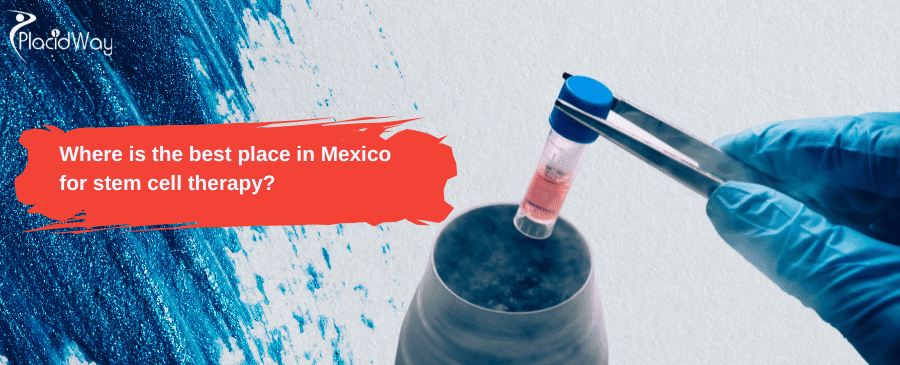
Mexico has rapidly emerged as a leading destination for individuals seeking innovative stem cell therapy options. With its advanced medical facilities, experienced specialists, and more accessible treatment protocols for conditions not yet widely treated elsewhere, many are looking south for hope and healing. But with various cities and clinics vying for attention, a crucial question arises: Where is the best place in Mexico for stem cell therapy?
The straightforward answer is that the "best" place isn't a one-size-fits-all answer; it largely depends on your specific medical condition, the type of stem cell treatment you're seeking, your budget, and the level of personalized care you require. Cities like Cancun, Tijuana, Guadalajara, Puerto Vallarta, and Mexico City are prominent hubs, each offering a unique blend of experienced clinics and treatment approaches. This guide will help you navigate the landscape of stem cell therapy in Mexico to find the optimal choice for your health journey.
What Makes Mexico a Popular Destination for Stem Cell Therapy?
"Mexico's popularity for stem cell therapy stems from its combination of advanced medical care, cost-effectiveness, availability of diverse treatments, and a regulatory environment that allows for therapies often still in clinical trial stages in countries like the US or Canada."
Mexico has cultivated a reputation for regenerative medicine, attracting patients globally. One of the primary drivers is the cost of stem cell therapy, which can be significantly lower than in North America or Europe, without compromising on the quality of care in reputable clinics. Many Mexican facilities are equipped with state-of-the-art technology and staffed by physicians trained internationally, some of whom are pioneers in their respective fields.
Furthermore, the regulatory body in Mexico, COFEPRIS (Federal Commission for the Protection against Sanitary Risks), oversees medical practices, including stem cell clinics. While regulations might differ from those in other Western countries, established clinics often adhere to international standards and protocols to ensure patient safety and treatment efficacy. This environment allows for a broader range of stem cell applications, including treatments for autoimmune diseases, neurological conditions, orthopedic issues, and anti-aging, some of which may not be readily available or are only offered in limited trial capacities elsewhere.
Which Cities in Mexico are Known for Stem Cell Therapy?
"Several Mexican cities are recognized for their stem cell therapy centers, with Tijuana, Cancun, Guadalajara, Puerto Vallarta, Mexico City, Los Algodones, Playa del Carmen, and Monterrey being prominent locations with a high concentration of specialized clinics."
Each of these cities offers distinct advantages:
- Tijuana: Its proximity to the US border makes it highly accessible for American patients. It hosts numerous clinics, some with decades of experience in alternative and regenerative medicine.
- Cancun & Playa del Carmen: Known for their beautiful settings, these cities offer a resort-like atmosphere for recovery. Many clinics here cater to international patients, often providing comprehensive packages that include accommodation and travel assistance.
- Guadalajara: As Mexico's second-largest city, it boasts advanced medical infrastructure and several reputable research-oriented stem cell institutions.
- Puerto Vallarta: Another popular tourist destination, offering high-quality medical facilities combined with a tranquil environment conducive to healing.
- Mexico City: The capital city has some of the country's leading hospitals and specialized stem cell research centers, often handling complex cases.
- Los Algodones: Often called "Molar City" for its dental tourism, it's also becoming a hub for affordable stem cell treatments, particularly for orthopedic and autoimmune conditions.
- Monterrey: A major industrial and medical hub in northern Mexico, offering modern facilities and highly qualified specialists.
The "best" city for you will depend on factors like the specific expertise of the clinics in that location for your condition, travel convenience, and your preferred environment for treatment and recovery.
How is Stem Cell Therapy Regulated in Mexico?
"Stem cell therapy in Mexico is regulated by COFEPRIS, the Federal Commission for the Protection against Sanitary Risks. Reputable clinics also often follow international guidelines and may seek accreditations to ensure safety and quality, though the regulatory landscape can be more permissive for certain therapies compared to the FDA in the United States."
COFEPRIS is responsible for approving and overseeing medical treatments, including various stem cell therapies. This includes licensing clinics, ensuring they meet specific sanitary and operational standards, and approving the types of stem cells and protocols used. While some critics point out that Mexican regulations might not be as stringent as those in the US or Europe for certain investigational treatments, this also allows for innovation and access to therapies that show promise but are still navigating lengthy approval processes elsewhere.
It's crucial for patients to choose clinics that are transparent about their COFEPRIS licensing, the source and type of stem cells they use, and their adherence to good manufacturing practices (GMP) for cell processing. Many top-tier Mexican stem cell clinics voluntarily adopt international standards, such as those from the International Society for Cell & Gene Therapy (ISCT) or seek accreditations from bodies like the Foundation for the Accreditation of Cellular Therapy (FACT) for certain procedures, showcasing a commitment to quality and safety.
What Types of Stem Cells are Used in Mexican Clinics?
"Clinics in Mexico primarily use adult stem cells, including Mesenchymal Stem Cells (MSCs) derived from sources like umbilical cord tissue (Wharton's Jelly), adipose (fat) tissue, bone marrow, and sometimes placental tissue. Some clinics may also offer therapies involving exosomes or other cell-derived products."
The most commonly utilized stem cells in Mexico for therapeutic purposes are Mesenchymal Stem Cells (MSCs). These are multipotent stromal cells that can differentiate into a variety of cell types, including bone, cartilage, muscle, and fat cells. More importantly, MSCs are known for their powerful immunomodulatory, anti-inflammatory, and regenerative signaling capabilities.
- Umbilical Cord Mesenchymal Stem Cells (UC-MSCs): Often sourced from donated umbilical cords after healthy births, these cells are young, vibrant, and possess strong regenerative potential. They are also considered immunologically privileged, reducing the risk of rejection.
- Adipose-Derived Stem Cells (ADSCs): Harvested from the patient's own fat tissue (autologous) or from a donor (allogeneic), these are abundant and easily accessible.
- Bone Marrow-Derived Stem Cells (BMDSCs): These are obtained from the patient's own bone marrow (autologous) and have a longer history of use in various medical treatments.
- Exosomes: While not cells themselves, exosomes are extracellular vesicles released by stem cells that contain growth factors, cytokines, and microRNAs. They play a crucial role in cell-to-cell communication and are increasingly used for their regenerative and anti-inflammatory effects.
Embryonic stem cells are generally not used for routine treatments in Mexico due to ethical concerns and regulatory complexities, similar to most other countries.
What Conditions Can Be Treated with Stem Cell Therapy in Mexico?
"Stem cell therapy in Mexico is utilized for a wide array of conditions, including autoimmune diseases (like multiple sclerosis, rheumatoid arthritis, lupus), orthopedic injuries (osteoarthritis, joint pain, sports injuries), neurological disorders (Parkinson's, Alzheimer's, stroke recovery, autism), chronic degenerative diseases, anti-aging, and aesthetic applications."
The range of conditions addressed by stem cell clinics in Mexico is quite broad, partly due to the more flexible regulatory environment for therapies deemed investigational in other countries. Some common applications include:
- Orthopedic Conditions: Osteoarthritis (knee, hip, shoulder), degenerative disc disease, cartilage repair, tendonitis, and sports injuries. Stem cell injections can reduce inflammation, promote tissue repair, and alleviate pain.
- Autoimmune Diseases: Multiple Sclerosis (MS), Rheumatoid Arthritis (RA), Lupus, Crohn's disease, and Sjogren's Syndrome. MSCs are particularly studied for their ability to modulate the immune system.
- Neurological Disorders: Parkinson's disease, Alzheimer's disease, Autism Spectrum Disorder (ASD), stroke recovery, spinal cord injuries, and neuropathy. The aim is often to protect existing neurons, reduce inflammation, and potentially promote some neural regeneration.
- Anti-Aging and Rejuvenation: General wellness, improved energy levels, skin rejuvenation, and hair loss.
- Chronic Degenerative Conditions: Chronic kidney disease, COPD, and some cardiovascular conditions.
- Metabolic Disorders: Type 1 and Type 2 Diabetes, focusing on improving beta-cell function or reducing complications.
It's vital that patients have realistic expectations and understand that while stem cell therapy shows great promise, it is not a guaranteed cure for any condition. The outcomes can vary significantly based on the individual, the severity of the condition, and the treatment protocol.
What is the Average Cost of Stem Cell Therapy in Mexico?
"The cost of stem cell therapy in Mexico typically ranges from $3,000 to $30,000 USD, depending on the condition being treated, the type and number of stem cells administered, the number of sessions required, and the clinic's location and amenities."
For instance, a single joint injection for osteoarthritis might be on the lower end of the spectrum, around $3,000 to $8,000. More complex treatments for systemic conditions like multiple sclerosis or Parkinson's disease, which may involve higher cell counts, multiple infusions, and supportive therapies, can range from $15,000 to $30,000 or more. Anti-aging stem cell protocols often fall within the $8,000 to $20,000 range.
Compared to the United States, where similar treatments (if available) can cost significantly more (often $20,000 to $50,000+), Mexico offers a more affordable alternative. This cost difference is often due to lower overhead, operational costs, and differences in regulatory pathways, not necessarily a compromise in quality at reputable centers. Patients should always request a detailed breakdown of costs, including consultations, the therapy itself, any pre-treatment tests, and follow-up care.
Are There All-Inclusive Stem Cell Therapy Packages in Mexico?
"Yes, many stem cell clinics in Mexico, particularly those catering to medical tourists, offer all-inclusive packages. These packages typically bundle the cost of the treatment, accommodation, airport transfers, and sometimes meals or local transportation."
All-inclusive packages can simplify the medical travel process, making it less stressful for patients and their companions. These packages often include:
- The stem cell procedure(s).
- Physician consultations and pre-treatment assessments.
- Accommodation in a nearby hotel or an on-site facility for a specified number of days.
- Airport pick-up and drop-off.
- Transportation between the hotel and the clinic for appointments.
- Sometimes, meals or nursing support.
The cost of these packages varies widely, from around $4,000 for simpler treatments to over $25,000 for more intensive, multi-session protocols. While convenient, it's important to scrutinize what's included and what's not, and to ensure the quality of the bundled services, especially the medical care itself, remains the top priority.
How Do I Choose the Best Stem Cell Clinic in Mexico for My Needs?
"Choosing the best stem cell clinic in Mexico for your needs requires thorough research into the clinic's credentials, the experience of their medical team, the type and source of stem cells used, patient testimonials, facility accreditation, and the transparency of their treatment protocols and pricing."
Here’s a checklist to guide your decision:
- Physician Expertise: Are the doctors specialized in regenerative medicine and experienced in treating your specific condition with stem cells? What are their qualifications and affiliations?
- Cell Source and Quality: Where do the stem cells come from (e.g., umbilical cord, adipose tissue)? How are they processed, stored, and tested for viability, purity, and safety (e.g., screening for infections, endotoxins)? Does the lab follow Good Manufacturing Practices (GMP)?
- Treatment Protocols: Are the protocols clearly explained? Do they provide details on cell counts, administration methods, and the number of treatments? Is the treatment plan personalized?
- Facility Standards: Is the clinic COFEPRIS licensed? Do they have any international accreditations or certifications? Is the facility clean and modern, with appropriate equipment?
- Patient Reviews and Outcomes: Look for verifiable patient testimonials, reviews, and, if possible, data on treatment outcomes for conditions similar to yours. Be cautious of overly guaranteed success.
- Transparency: Is the clinic open about costs, potential risks, and realistic outcomes? Do they provide comprehensive pre-treatment information and follow-up care plans?
- Communication: Does the staff communicate clearly and answer all your questions satisfactorily in a language you understand?
What Accreditations Should I Look for in a Mexican Stem Cell Clinic?
"While COFEPRIS approval is the baseline, look for Mexican stem cell clinics that may also highlight adherence to international standards such as those from the International Society for Cell & Gene Therapy (ISCT), or certifications like ISO for their labs. For certain types of cellular therapies, FACT (Foundation for the Accreditation of Cellular Therapy) accreditation is a high standard, though less common for all types of regenerative clinics."
COFEPRIS is the Mexican government's regulatory body, and any legitimate clinic must have their approval to operate. Beyond this, proactive clinics often seek to align with international best practices. Look for:
- COFEPRIS License: This is mandatory. Ensure the clinic can provide proof of current licensing for the specific procedures they offer.
- Good Manufacturing Practices (GMP): If the clinic processes its own cells, their lab should ideally be GMP-compliant, ensuring quality and safety in cell handling and preparation.
- ISO Certification: ISO 9001 (for quality management) or specific ISO standards for medical laboratories (ISO 15189) can indicate a commitment to quality systems.
- International Society for Cell & Gene Therapy (ISCT) Guidelines: While not an accrediting body, adherence to ISCT guidelines for cell characterization and release criteria is a good sign.
- FACT Accreditation: Primarily for hematopoietic (blood-forming) stem cell transplantation (e.g., for cancers), but its principles of quality patient care and laboratory practices are rigorous. Some broader regenerative medicine clinics might adopt relevant FACT standards.
Always ask the clinic directly about their licenses, certifications, and the quality control measures they have in place.
What Questions Should I Ask a Stem Cell Clinic in Mexico Before Treatment?
"Before committing to stem cell therapy in Mexico, ask detailed questions about the source and type of stem cells, the doctor's experience with your specific condition, the full cost, potential risks, expected outcomes, the treatment process, and follow-up care."
Here's a list of essential questions:
- What type of stem cells will be used for my treatment (e.g., MSCs, HSCs)?
- What is the source of these stem cells (e.g., umbilical cord, adipose tissue, bone marrow)? Are they autologous or allogeneic?
- If allogeneic, how are donors screened, and how are the cells tested for safety and viability?
- What is the cell count you plan to administer per treatment? How was this dose determined for my condition?
- What is the method of administration (e.g., IV, intrathecal, intra-articular)?
- What are your clinic's and doctor's specific experience and success rates in treating my condition? Can you provide anonymized patient outcomes or case studies?
- What are all the costs involved? Is there a detailed breakdown (consultation, treatment, follow-up, medications)?
- What are the potential risks, side effects, and complications associated with this therapy for my condition?
- What is the expected timeline for seeing improvements, and what are the realistic outcomes?
- What pre-treatment preparation is required, and what does the post-treatment care and follow-up plan entail?
- Is the clinic COFEPRIS licensed? Do you have any other accreditations or certifications?
- Who will be performing the procedure, and what are their qualifications?
- What happens if I experience a complication or have concerns after returning home?
Clear and comprehensive answers to these questions are indicative of a transparent and professional clinic.
Are Stem Cell Therapies in Mexico Safe?
"When performed in reputable, licensed stem cell clinics in Mexico that adhere to strict safety protocols and use high-quality, properly screened cells, stem cell therapy is generally considered safe. However, as with any medical procedure, there are potential risks."
The safety of stem cell therapy largely depends on the clinic's standards, the expertise of the medical team, and the quality of the cells used. Reputable clinics in Mexico:
- Operate under COFEPRIS licensure.
- Use stem cells that are rigorously screened for infectious diseases and contaminants.
- Employ qualified medical professionals to administer the treatments.
- Follow established protocols for cell processing and administration.
- Provide thorough patient evaluation to determine suitability for therapy.
Risks can be minimized by choosing a stem cell facility that is transparent about its safety measures and cell sourcing. Avoid clinics that make unrealistic guarantees, lack proper licensing, or are not willing to share detailed information about their procedures and cell products.
What are the Potential Risks and Side Effects?
"Potential risks of stem cell therapy, though generally low in reputable clinics, can include infection at the injection site, pain or soreness, immune reactions (especially with allogeneic cells if not properly matched or if the patient is sensitive), and, rarely, more serious complications like blood clots or adverse reactions to anesthesia if used. The specific risks can vary based on the type of cells, administration method, and the patient's health."
Most commonly reported side effects are mild and transient, such as:
- Pain, swelling, or bruising at the injection site (if administered locally).
- Flu-like symptoms (fever, fatigue, headache) for a day or two after IV infusions, which can be a sign of the body's immune system responding.
More serious risks, while rare, can include:
- Infection: Minimized by sterile techniques.
- Allergic reaction or immune rejection: Particularly with allogeneic cells, though MSCs are considered to have low immunogenicity.
- Blood clots: A general risk with IV infusions or if mobility is restricted post-procedure.
- Tumor formation: This is a theoretical risk often associated with embryonic stem cells or improperly cultured cells, not typically seen with adult MSCs used in reputable clinics.
- Complications from related procedures: Such as liposuction for adipose-derived cells or bone marrow aspiration.
A thorough discussion with the clinic about potential risks specific to your treatment and health status is essential.
What are the Success Rates for Stem Cell Therapy in Mexico?
"Success rates for stem cell therapy in Mexico vary widely depending on the condition being treated, its severity, the patient's overall health, the type and quality of stem cells used, and the treatment protocol. Reputable clinics will offer realistic outcome expectations rather than guaranteed 'cures,' often citing patient improvement percentages for specific conditions based on their experience or published studies."
For example, for osteoarthritis, some clinics report that 65-85% of patients experience significant pain reduction and improved function. For autoimmune diseases like MS, improvements might be seen in terms of reduced relapse rates or slowed progression in a notable percentage of patients. Neurological conditions often have more variable outcomes.
It's important to critically evaluate any claims of success. Ask for supporting data or patient testimonials. Understand that "success" can mean different things – from complete symptom reversal (rare) to modest improvements in quality of life or a slowing of disease progression. A good clinic will provide a personalized prognosis based on your specific case.
How Do I Verify a Clinic's Claims and Patient Testimonials?
"Verify a stem cell clinic's claims by cross-referencing information, looking for COFEPRIS registration, asking for detailed scientific explanations for treatments, seeking independent reviews or forum discussions outside the clinic's website, and being wary of overly aggressive marketing or guarantees of cures. For patient testimonials, look for detailed, specific stories, and if possible, ask if you can speak to a former patient (with their consent)."
Here are some steps:
- Check COFEPRIS: You can inquire about a clinic's registration status.
- Scrutinize the website: Look for detailed information about doctors, treatments, and cell sources. Be wary of vague claims or stock photos.
- Look for independent reviews: Search for reviews on third-party medical tourism platforms, forums, or social media groups dedicated to stem cell therapy.
- Ask for evidence: Inquire if the clinic has published any data or participated in clinical trials.
- Consult your home doctor: Discuss the proposed treatment with your own trusted physician for another perspective.
- Video Testimonials: These can be more difficult to fake, but still, look for authenticity and specifics.
- Be Wary of Red Flags: Guarantees of 100% success, high-pressure sales tactics, or a lack of transparency are warning signs.
What is the Process for Undergoing Stem Cell Therapy in Mexico?
"The process for undergoing stem cell therapy in Mexico typically involves an initial consultation (often remote), medical record review, treatment plan proposal, travel arrangements, pre-treatment evaluation upon arrival, the therapy itself, a short recovery/observation period, and follow-up care (which may be remote)."
A general outline of the patient journey:
- Initial Contact & Consultation: Reach out to the clinic. You'll likely fill out a medical questionnaire and may have a phone or video consultation with a patient coordinator or physician.
- Medical Evaluation: You'll submit your medical records, imaging (MRIs, X-rays), and lab results for review by the clinic's medical team.
- Treatment Plan & Quotation: If deemed a suitable candidate, the clinic will propose a personalized treatment plan, including the type of stem cells, dosage, administration method, number of sessions, and a detailed cost breakdown.
- Logistics & Travel: Once you agree, you'll schedule your treatment and make travel and accommodation arrangements (often assisted by the clinic if they offer packages).
- Pre-Treatment Assessment: Upon arrival in Mexico, you'll likely have an in-person consultation, possibly some final tests, and sign consent forms.
- Stem Cell Therapy Administration: The procedure itself. This could range from a simple injection to a more involved IV infusion or multiple applications over several days.
- Post-Treatment Observation & Recovery: A short period of monitoring at the clinic, followed by recovery at your accommodation. Instructions for post-treatment care will be provided.
- Departure & Follow-Up: Once cleared, you can travel home. Reputable clinics will have a follow-up schedule, which may include phone calls, emails, or video consultations to monitor your progress.
What Should I Expect During My Initial Consultation?
"During your initial consultation for stem cell therapy in Mexico, expect to discuss your medical history in detail, your current symptoms and condition, previous treatments, and your goals for therapy. The clinic will explain their proposed treatment, potential benefits, risks, costs, and answer any questions you have."
The initial consultation, whether remote or in-person, is a crucial step. You should expect:
- Thorough Medical History Review: The clinic will want to understand your diagnosis, how long you've had the condition, its progression, and any other health issues.
- Discussion of Your Goals: What do you hope to achieve with stem cell therapy? Be realistic and discuss these expectations with the medical team.
- Explanation of the Proposed Therapy: The type of stem cells, why they are recommended for you, how they will be administered, and the treatment schedule.
- Potential Benefits and Risks: A balanced overview of what you might gain and any potential side effects or complications.
- Cost Breakdown: A clear explanation of all fees involved.
- Q&A Session: Ample opportunity for you to ask questions.
This is a two-way conversation. You should feel comfortable and confident with the information provided.
How Should I Prepare for Stem Cell Therapy in Mexico?
"Preparation for stem cell therapy in Mexico usually involves providing complete medical records, undergoing any requested pre-treatment tests, discontinuing certain medications (as advised by the clinic, e.g., blood thinners or NSAIDs), maintaining a healthy lifestyle (good nutrition, hydration, avoiding smoking/excessive alcohol), and arranging your travel and accommodation."
Specific preparation instructions will come from your chosen clinic, but generally include:
Medical Information: Gather all relevant medical records, test results, and imaging.
Medication Review: Inform the clinic of all medications and supplements you take. They may advise you to stop certain ones, like anti-inflammatory drugs (NSAIDs) or blood thinners, for a period before treatment as these can interfere with stem cell function or increase bleeding risk.
Lifestyle Adjustments:
- Diet: Focus on a healthy, anti-inflammatory diet.
- Hydration: Drink plenty of water.
- Avoid Smoking/Alcohol: These can impair healing and stem cell efficacy.
- Rest: Ensure you are well-rested before traveling.
Logistics: Confirm travel visas (if needed), flights, and accommodation. Pack comfortable clothing.
Mental Preparation: Understand the procedure and have realistic expectations.
Always follow the specific pre-treatment guidelines provided by your clinic.
What is Recovery Like After Stem Cell Therapy?
"Recovery after stem cell therapy is generally minimal, especially for IV or simple injections. Patients might experience mild soreness at an injection site or temporary fatigue. Most can resume light activities within a day or two. The clinic will provide specific post-treatment instructions, and the full regenerative effects may take weeks or months to become apparent."
The recovery experience depends on:
- Type of Administration: Local injections (e.g., into a joint) might cause localized soreness for a few days. IV infusions might lead to mild, short-lived fatigue or flu-like symptoms.
- Underlying Condition: Your existing health status can influence your recovery.
- Individual Response: Everyone reacts differently.
Generally:
- Immediate Post-Treatment: You'll likely be monitored for a short period at the clinic (30 minutes to a few hours).
- First Few Days: Rest is usually advised. Avoid strenuous activities. You can typically resume normal daily activities fairly quickly.
- Follow Instructions: Adhere to any specific advice from the clinic regarding activity levels, medications, or supplements.
- Long-Term: The regenerative process initiated by stem cells occurs over weeks and months. It’s important to maintain a healthy lifestyle to support this process. Follow-up appointments (often remote) will track your progress.
Can I Combine Stem Cell Therapy with Other Treatments in Mexico?
"Yes, many stem cell clinics in Mexico offer or recommend complementary therapies alongside stem cell treatment to potentially enhance outcomes. These can include physiotherapy, nutritional IV therapy, ozone therapy, hyperbaric oxygen therapy, or detoxification protocols."
Combining stem cell therapy with other supportive treatments is a common approach aimed at creating an optimal environment for the stem cells to work effectively and to address various aspects of the patient's condition.
- Physiotherapy/Rehabilitation: Crucial for orthopedic and neurological conditions to help regain strength, mobility, and function.
- Nutritional Therapy/IV Vitamins: To ensure the body has the necessary nutrients for repair and to reduce inflammation.
- Hyperbaric Oxygen Therapy (HBOT): Involves breathing pure oxygen in a pressurized chamber, which can increase oxygen delivery to tissues, reduce inflammation, and potentially enhance stem cell activity.
- Ozone Therapy: Used for its purported anti-inflammatory, antimicrobial, and immune-modulating effects.
- Detoxification Protocols: To reduce the body's overall toxic load, which some practitioners believe can improve cellular health.
If you are considering combining therapies, discuss this thoroughly with the stem cell clinic to understand the rationale, benefits, and any potential interactions or additional costs.
What are the Ethical Considerations for Stem Cell Therapy in Mexico?
"Ethical considerations for stem cell therapy in Mexico primarily revolve around informed consent, realistic expectations, the source of stem cells (adult stem cells like MSCs are widely considered ethical, unlike embryonic stem cells for routine treatment), patient safety, and equitable access. Patients should ensure they are fully informed and comfortable with all aspects of the treatment."
Key ethical points include:
- Informed Consent: Patients must receive comprehensive information about the procedure, including the type and source of cells, potential benefits, risks, alternatives, and costs, to make a voluntary and informed decision.
- Realistic Expectations: Clinics have an ethical responsibility to avoid overstating benefits or guaranteeing cures. Marketing should be truthful and transparent.
- Cell Sourcing: The use of adult stem cells (MSCs from umbilical cord, adipose tissue, bone marrow) or a patient's own cells is generally considered ethically sound. The ethical debate is more pronounced with embryonic stem cells, which are not typically used for standard treatments in Mexico. Donated tissues like umbilical cords must be obtained with proper maternal consent.
- Patient Safety: The "first, do no harm" principle is paramount. Clinics must prioritize patient safety through rigorous cell screening, sterile procedures, and qualified personnel.
- Scientific Basis: Therapies should ideally be supported by scientific evidence, even if they are investigational.
- Equity of Access: While Mexico offers more affordable options, cost can still be a barrier.
Choosing a clinic that demonstrates high ethical standards is as important as evaluating its medical expertise.
Ready to explore your stem cell therapy options in Mexico? PlacidWay can help you connect with leading clinics, compare treatments, and gather the information you need to make an informed decision. Visit PlacidWay today to learn more about how stem cell therapy in Mexico could be your path to improved health.


.png)





.jpg)
.png)
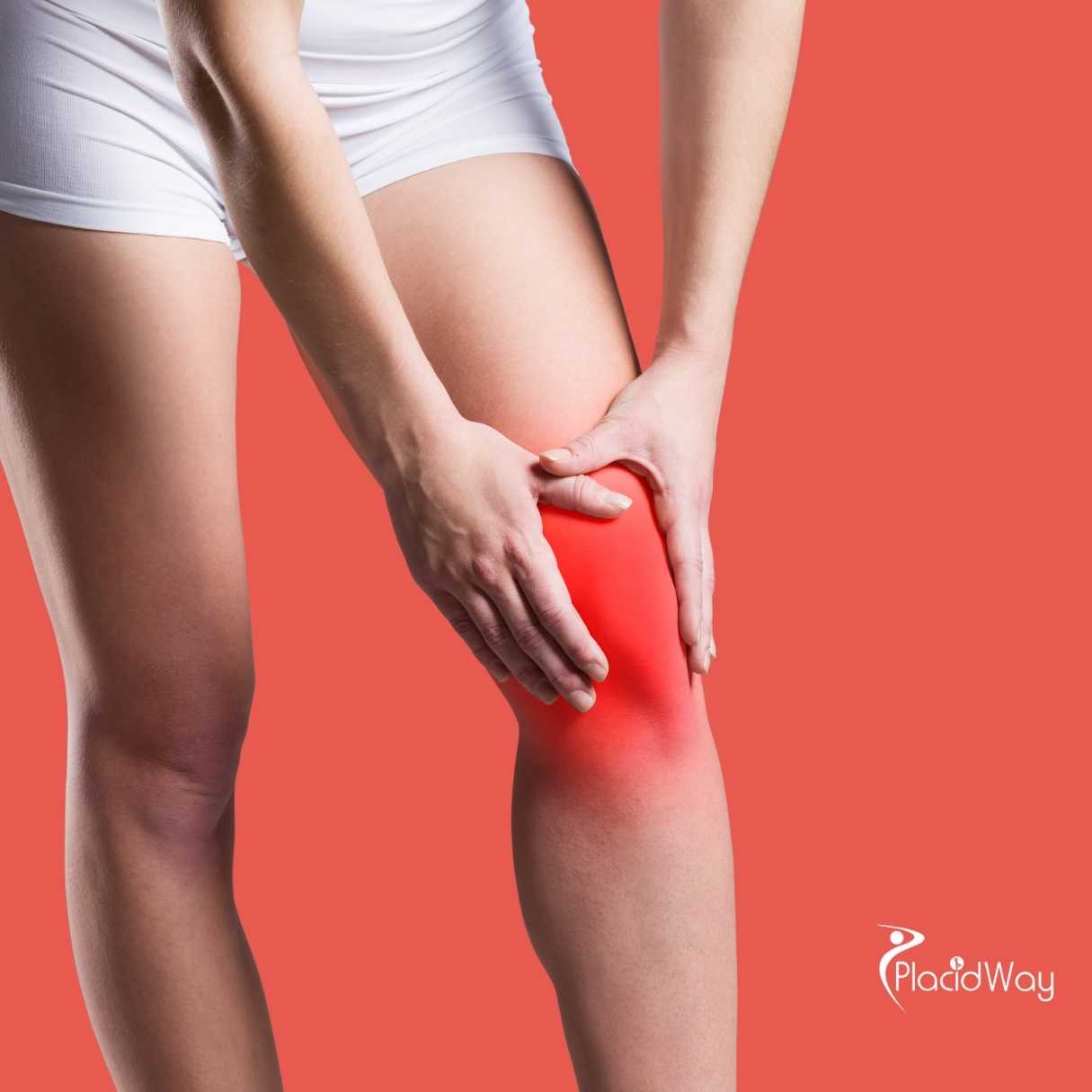
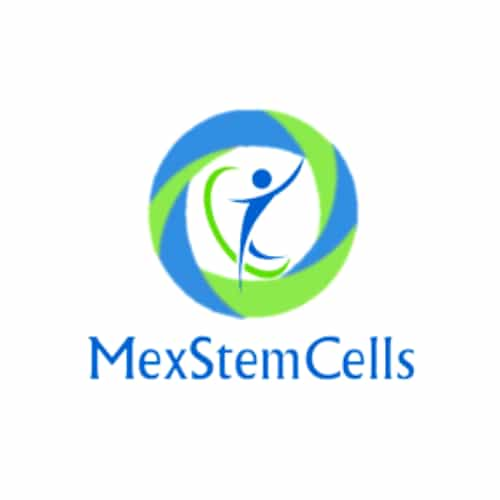

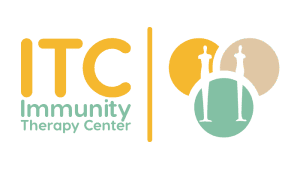
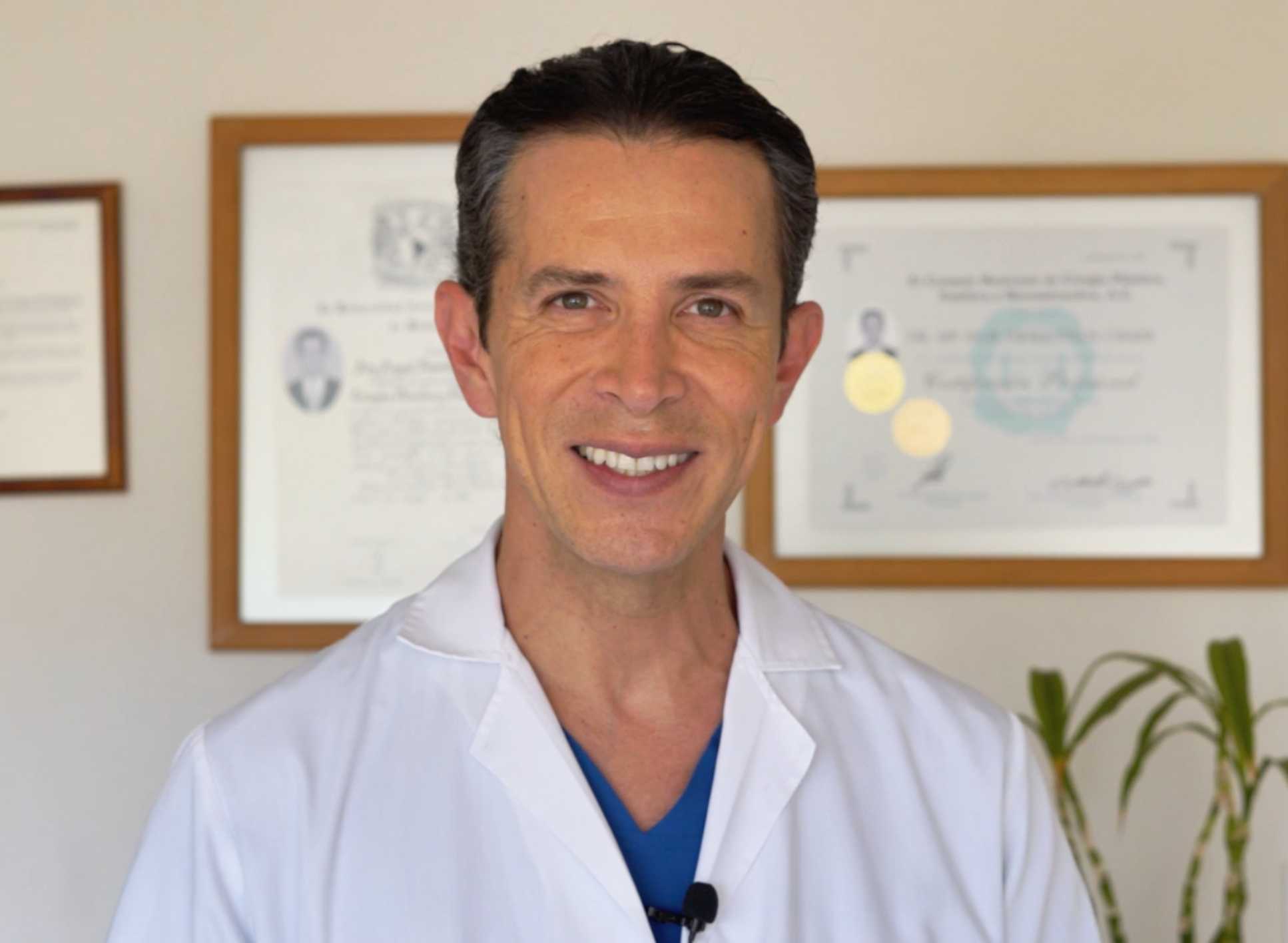
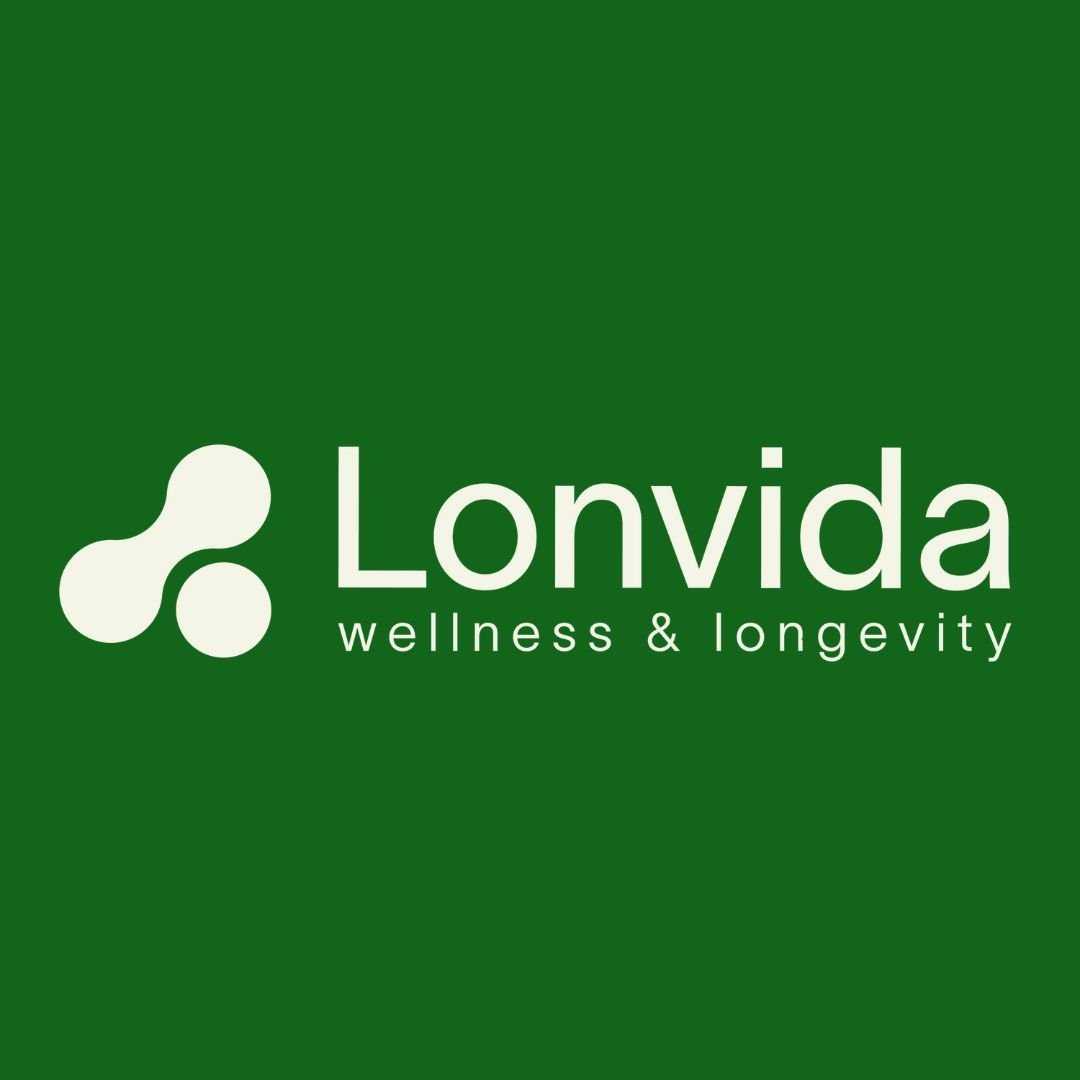

Share this listing